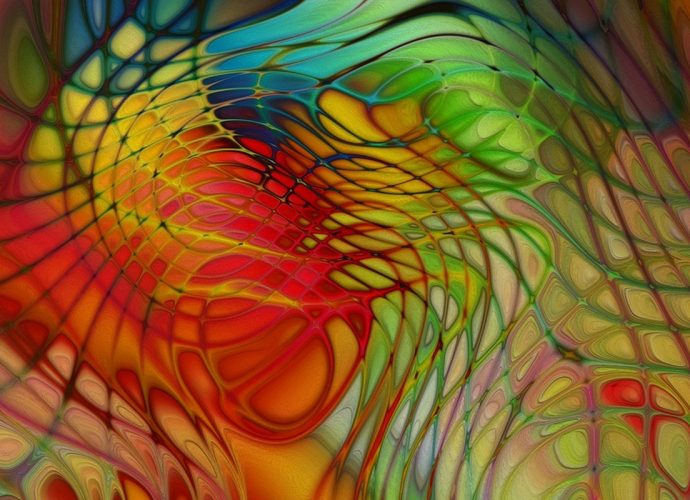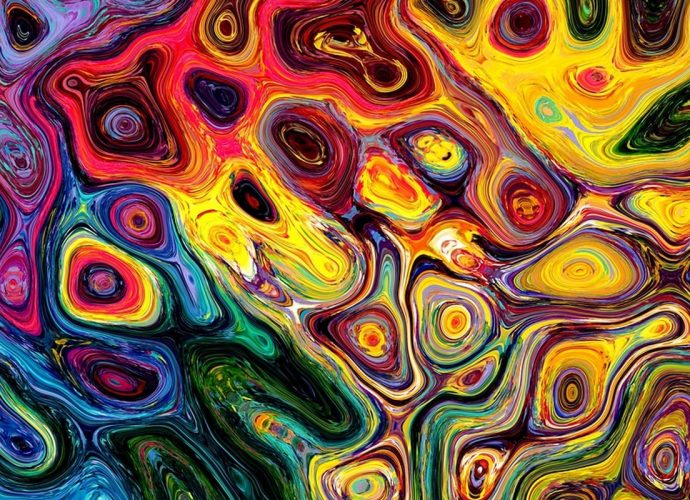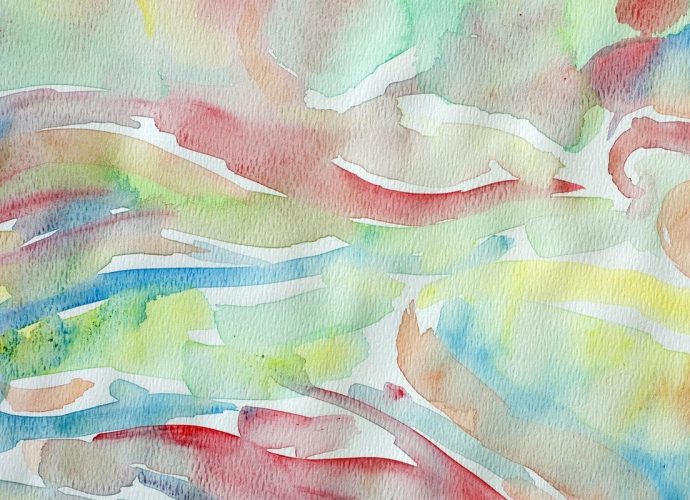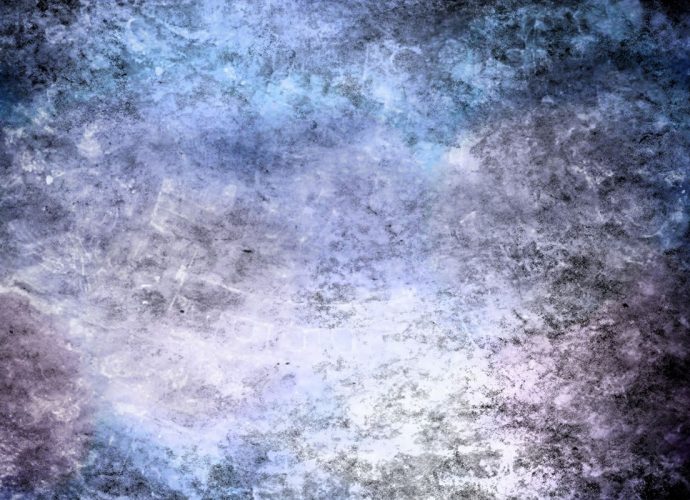How Do Glaciers Cause Erosion And Deposition?
Glacial erosion includes processes that occur directly in association with the movement of glacial ice over its bed, such as abrasion, quarrying, and physical and chemical erosion by subglacial meltwater, as well as from the fluvial and mass wasting processes that are enhanced or modified by glaciation. What are theRead More →



